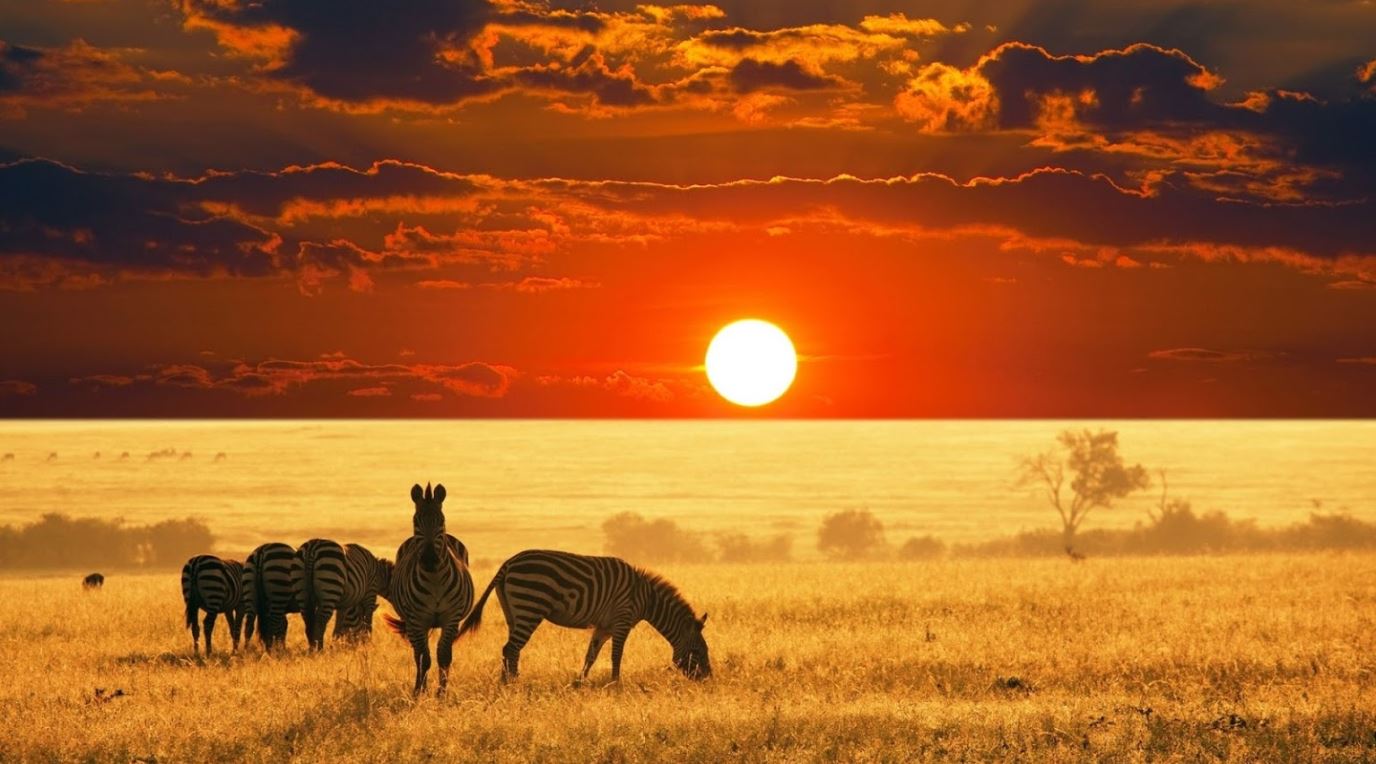Fort Jesus
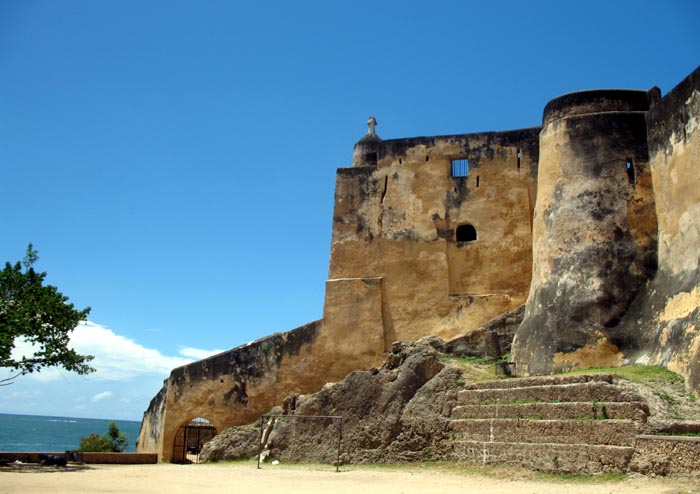
Fort Jesus was built in 1591 by the Portuguese and designed by Giovanni Battista by order of King Phillip the first of Portugal. It is one of the most fascinating tourist attractions in Mombasa as it withstood the test of time, wind and water. It was built in the shape of a man (viewed from the air), and was given the name Jesus. The historic building was built by Portuguese to maintain their dominance and protect themselves from Anglo Arab invasion. It was later taken over by the Arabs after Portuguese had left.
The Crying stone in Kakamega (Ilesi)
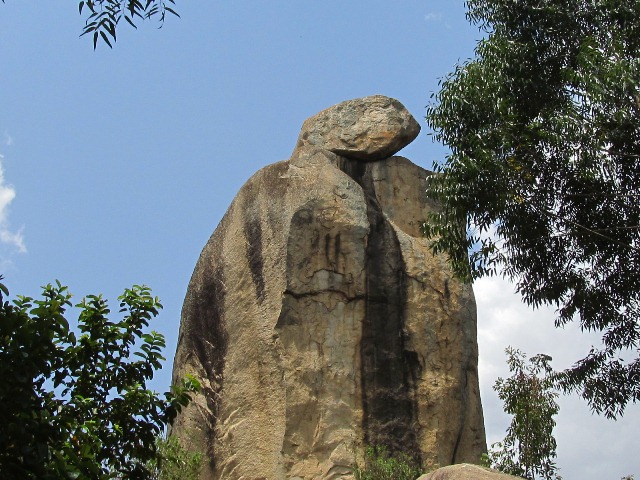
It resembles a gowned figure, in tears flowing from ‘head to toe’. This has been the myth in the community. It however makes for a tourist attraction. The community has resisted the take-over of the crying stone by the government or private developers who aim at building a resort in the area. The stone is held dear and is of great cultural and spiritual importance to the Luhya community and the Isukha sub-tribe particularly.
There is a small groove in the middle from which water flows out. The water is believed to be from a moss growing inside the rock that soaks up water during the wet season which allows it to flow for long periods of time.
Turkana Boy
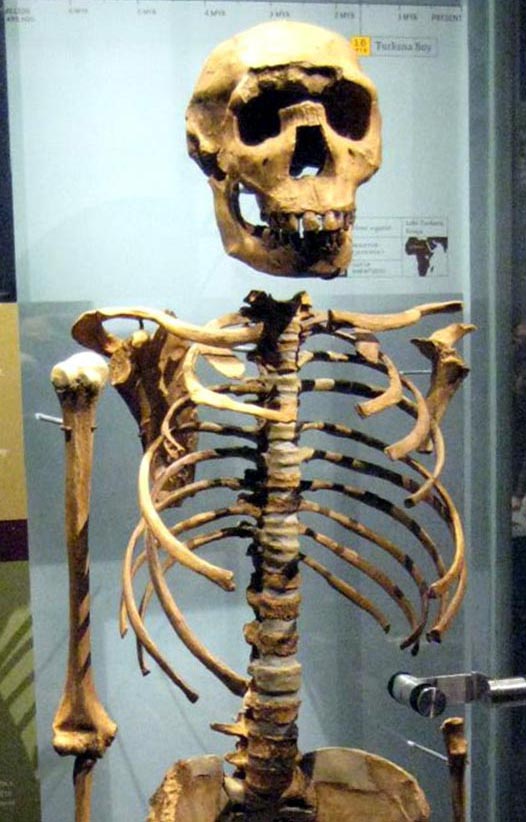
Kenya has one of the largest number of fossil human remains than any other country in the world. Kenya has the oldest human remains dating back from 7 million year old from Turgen, Baringo. By 1944, over 200 hominid and animal fossils were found, more than any collection the world had ever produced in 60 years.
Turkana boy, the most complete early skeleton ever found, was discovered in 1984 by Kamoya Kimeu, a member of a team led by Richard Leaky (a world renowned Paleontologist) near lake Turkana in Kenya. Turkana boy is believed to be between 1.5 and 1.6 million years old.
Maasai Mara- Wilderbeest migration
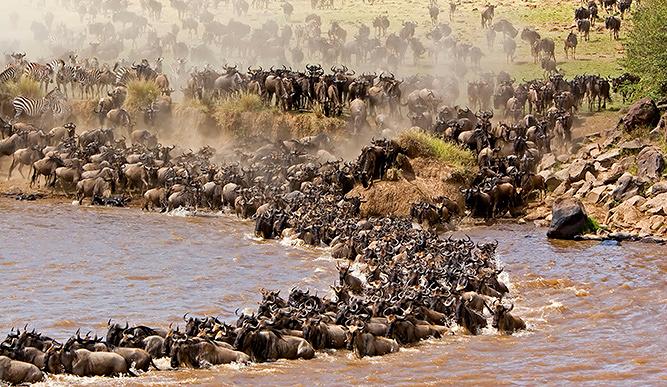
This premier tourist destination has been named as the 8th wonder of the world due to its uniqueness and the preservation it provides to so many species living in harmony. The annual Wilderbeast Migration from the Serengeti in Tanzania to Maasai Mara in Kenya is one of the greatest natural spectacles in the world, the annual movement of massive herds of Wilderbeest continues year-round in Tanzania’s Serengeti National Park and kenya’s Maasai Mara National Reserve.
Kituluni Hill- The Anti-gravity hill
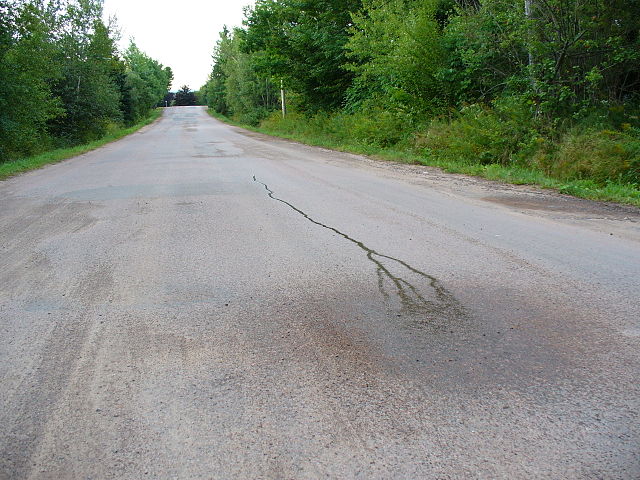
It is found in Machakos county. According to local residents, the strange happenings were discovered by a white settler who parked his vehicle by chance on that section on the road. He parked his car at the site with the gears free to go downstream to get water for his car engine. Upon returning, he was stunned to find that the vehicle had moved about 50 meters up.
The hill occupies an area of about a square kilometer, and if you want to prove that the hill is indeed as strange as it is said to be, you can carry out the car experiment. When you switch it off and park it at the side of the road, it immediately begins to move up the hill, some sources have estimated this speed to be about 5kph.
The Great Rift Valley
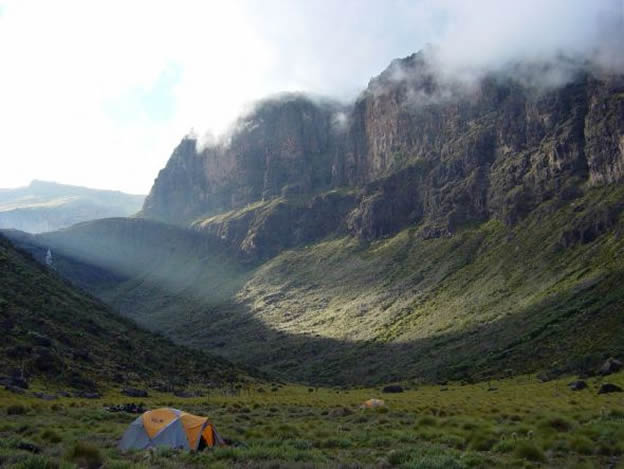
It is a name given to the continuous geographic trench, approximately 6,000 kilometers in length, that runs from Lebanon’s Beqaa Valley in Asia to Mozambique in Southeastern Africa.
Today, the term is most often used to refer to the valley of the East African Rift, the divergent plate boundary which extends from the Afar Triple Junction southward across eastern Africa, and is in the process of splitting the African Plate into two new separate plates. Geologists generally refer to these incipient plates as the Nubian Plate and the Somali Plate.
This breathtaking natural scenery combines with some of Africa’s most unforgettable wildlife. The Great Rift Valley is a highlight of any trip to Kenya.
Along its lengths are volcanoes, most of which are dormant. It also contains some of the deepest and oldest lakes, plains and mountains.

